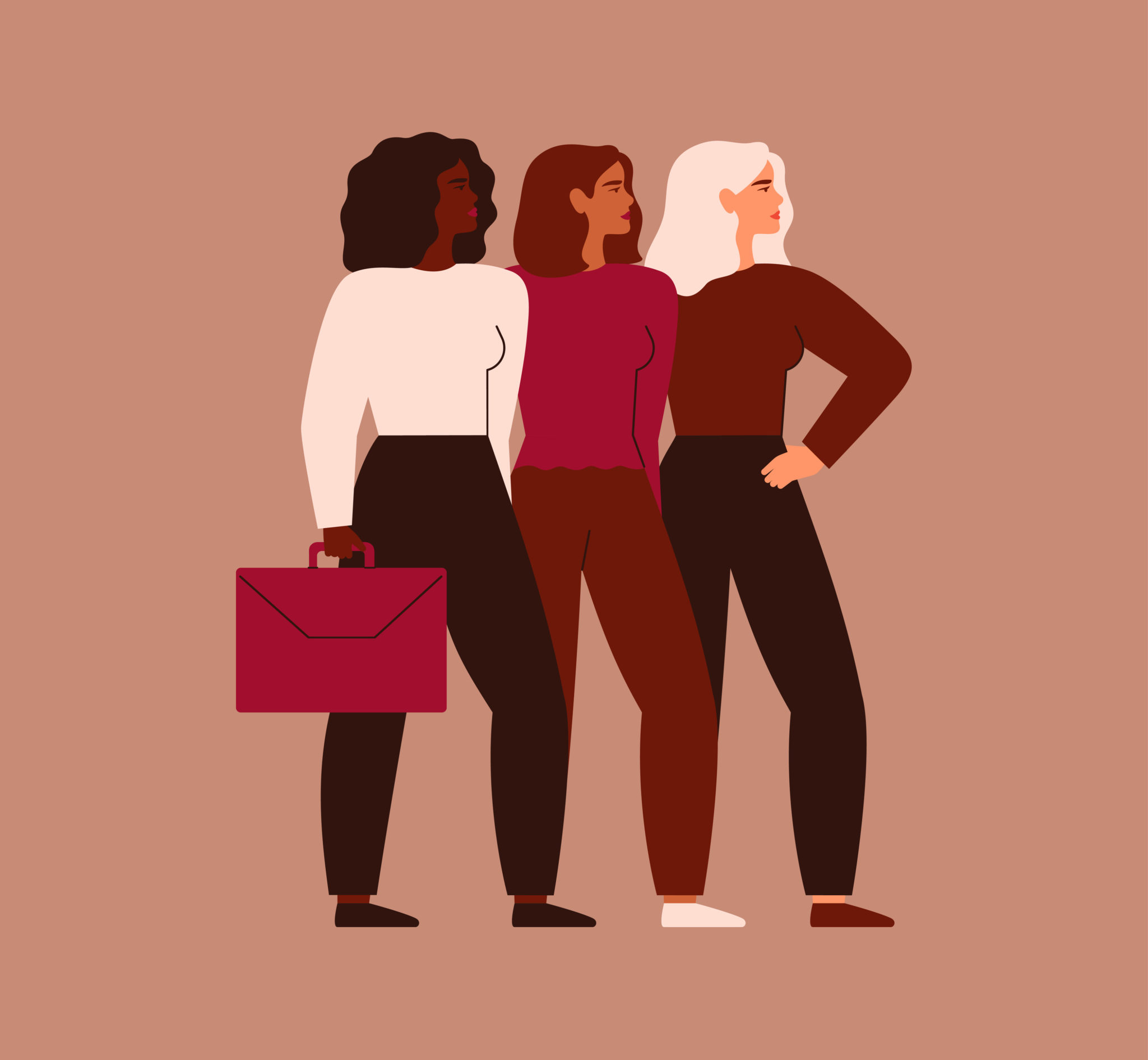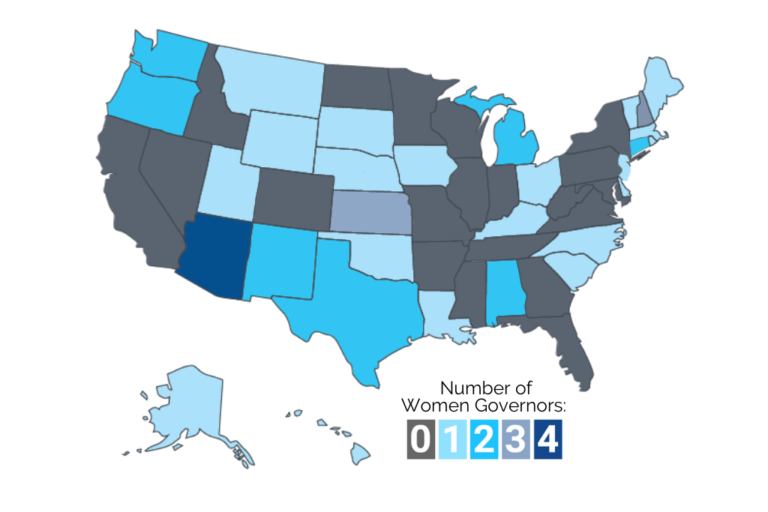In 2018, a record number of women were elected to Congress, and it was…
Redefining Electability: Women in Political Office

“The Year of the Woman,” a moniker given to 1992, when a number of women assumed leadership positions in the US Senate, an enclave of power previously dominated by men. In 2018 “The Year of the Woman” had a rebirth when a record 103 women were elected to the US House of Representatives, not to mention countless ascensions at the state and local level. America was speaking loudly and women were marching to the polls to elect people who represented their values, voices, struggles, and personhood.
Though there’s much focus in 2021 on the nation’s capital with the first Black woman vice president in Kamala Harris, and women breaking barriers with key appointments in the Biden Administration, all politics is local. Let’s visit what is happening outside of D.C. Across the country, state legislatures are mounting gains in women elected. Today, approximately, 2,259 women serve in the 50 state legislatures. Of those, 1,509 are Democrats, 729 are Republicans, with the remainder resting outside of the two-party system. The numbers are cause for celebration, but don’t grab your party hats just yet.
According to the National Conference of State Legislatures, women make up about 30% of state lawmakers today, an increase of 5% since 2018. This means a lot of reproductive health, universal pre-K, high-quality early childhood education, and other policy issues affecting the daily lives of women are still all too often decided almost solely by men.
America is becoming more diverse every day, yet that isn’t reflected in our leadership. People of color and women are still not represented to the tune of their share of the population. A Politico analysis of data from the National Conference of State Legislatures found that nearly every state failed to achieve racial and gender parity with their own population data. Nearly every state. This is cause for alarm. Simply put, government is still white and male. Diversity just simply isn’t present and moves towards making equity a policy framework is greatly hampered because of it.
The reasons might startle you. Women in particular have big hurdles to climb in being seen as competent leaders for roles traditionally represented by men. Mothers often lack support in running for office due to childcare woes and the high cost of entry to start and sustain a campaign. Fundraising numbers for male candidates still outweigh that of their female counterparts. Add race as a factor and these problems only grow. And while more people of color are running for office despite the obstacles, the number of white candidates, especially men, also continues to increase.
The term “electability” plagues candidates of color specifically. Despite Barbara Lee Family Foundation research showing that the idea that women candidates, including women of color, are not as electable as white male counterparts is a myth, there are far too many voters (and a political consulting class) who believe that being white and male are the keys to winning city, state, and federal government elections. The idea that white men are the great hope for achieving winning coalitions, funding, and national prominence isn’t going away fast enough and people of color and women bear the brunt of this shameful ideology.
We need to work harder to cultivate, support, and remove roadblocks to electoral wins for people of color and women. We know that know once elected, their platforms, their policies, and their vision for the future is inclusive. It’s targeted towards communities often unheard and unseen. On the heels of a pandemic that has disproportionately impacted many of those communities, that’s the kind of leadership we need in state legislatures.






